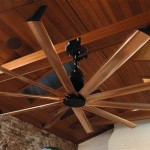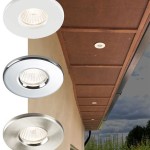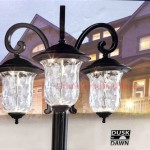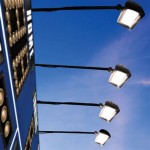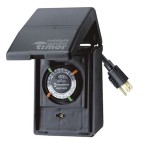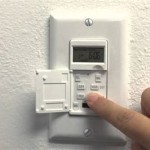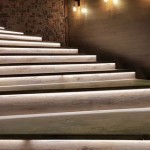Outdoor Rope Light Installation: A Comprehensive Guide
Outdoor rope lights are a versatile and visually appealing lighting option for enhancing the ambiance and safety of outdoor spaces. Their flexibility and ease of installation make them suitable for a wide range of applications, from outlining pathways and landscaping features to illuminating decks, patios, and swimming pools. This guide will delve into the essential aspects of outdoor rope light installation, covering crucial steps and considerations for a successful and aesthetically pleasing outcome.
Planning Your Project:
Prior to embarking on the installation process, meticulous planning is paramount. This involves defining the desired aesthetic, delineating the intended installation area, and selecting the appropriate rope light type.
1. Determining the Lighting Purpose: Consider the primary function of the rope lights. Will they be used for ambient lighting, accentuating specific features, or providing safety illumination? This will influence the type of rope light chosen, the placement, and the desired brightness.
2. Measuring and Layout: Carefully measure the area where the rope lights will be installed. This includes outlining the desired shape or path. A visual sketch or diagram can be helpful to envision the final outcome. It's essential to leave sufficient slack in the rope light to accommodate curves, corners, and potential expansion or adjustment.
3. Choosing the Right Rope Light: The selection of rope lights extends beyond mere aesthetic preference. Factors such as weather resistance, brightness, color, and power source must be considered. For outdoor applications, choosing weatherproof rope lights with a durable, waterproof outer casing is essential. The brightness level (measured in lumens per foot) is another crucial factor, influencing the overall illumination intensity. Consider the color temperature (measured in Kelvin) to achieve the desired ambiance, with cooler tones (higher Kelvin values) producing a whiter light and warmer tones (lower Kelvin values) providing a more yellowish glow. The power source, whether it's a low-voltage AC system or a battery-powered option, will influence the installation method and convenience.
Installation Process:
Once the planning phase is complete, the installation process can begin. Adhering to the following steps will ensure a secure and long-lasting installation:
1. Routing the Rope Light: Begin by laying out the rope light along the intended path. If installing along a surface, use clips or staples to secure the rope light at regular intervals. For freestanding applications, consider using stakes or wire supports to maintain the desired shape. Remember to leave some slack to accommodate curves and corners.
2. Connecting the Power Supply: Connect the rope light to the power source, ensuring the power cable runs securely to the designated outlet or transformer. If using a low-voltage AC system, a transformer will be required to step down the voltage. Follow the manufacturer's instructions carefully when connecting the power supply.
3. Securing the Ends: Once the rope light is in place, secure the ends to prevent them from coming loose or becoming damaged. Use end caps or connectors designed for outdoor use to ensure watertight sealing.
4. Testing and Adjustments: After completing the installation, test the lights to ensure proper functionality. Make any necessary adjustments to the layout, tension, or brightness as required.
Important Considerations:
Several factors can influence the success and longevity of an outdoor rope light installation. These include:
1. Safety Precautions: When working with electricity, safety should be the top priority. Always disconnect the power supply before making any adjustments or repairs. Ensure the power source is adequately protected from moisture and accidental contact.
2. Weather Resistance: For outdoor installations, selecting rope lights with a high level of weather resistance is crucial. Look for IP ratings (Ingress Protection) indicating the level of protection against dust and water. IP ratings like IP65 or IP67 offer the best protection for outdoor use.
3. Maintenance: Routine maintenance is essential for maintaining the longevity and performance of outdoor rope lights. Periodically inspect the lights for damage, loose connections, or signs of wear. Clean the lights with a soft cloth and mild cleaning solution to remove dirt and debris.
By following these steps and considerations, you can confidently install outdoor rope lights that enhance the ambiance, safety, and visual appeal of your outdoor spaces for many years to come.

Rope Light Instructions Takethreelighting Com
Diy Outdoor Lighting The Secret Life Of Rope Light

How To Cut Rope Light

Rope Light Instructions Takethreelighting Com

D Rope Light Installation Sculpture

8 Stunning Photos Of Led Rope Light S Pegasus Lighting Blog Outdoor Lights Railings Deck

Mainstays 24 Foot Solar Powered Pvc White Flexible Outdoor Rope Light Com

How To Install Led Neon Rope Lights

Led Rope Lights V S Strip A Comparative Guide Ledmyplace

Flex Low Voltage Led Rope Light By Dekor Decksdirect
Related Posts
